1. Trashichhoedzong - Thimphu Fort
Trashichhoedzong Fortress is a cultural symbol of Bhutan. (Photo: Collected)
Trashichhoedzong Fort (Thimphu Fort) was built in the 17th century and is now the seat of the Government of Bhutan. The fort is notable for its pristine white walls, gleaming golden roofs, and intricate decorations. It is not only a historical structure, but also the site of many important national events, including major Buddhist festivals.
Trashichhoedzong has the distinct distinction of being one of the most modern fortresses, serving as the official administrative center of Bhutan. Punakha Dzong, while also serving as an administrative center, has the age and architectural splendor of an ancient fortress.
2. Punakha Dzong
The oldest and most beautiful fortress in Bhutan. (Photo: Collected)
Punakha Dzong, built in 1637 by Zhabdrung Ngawang Namgyel, is the largest and oldest fortress in Bhutan. It is the site of important administrative events and traditional festivals of the country. Initially, Punakha Dzong was called Dechen Phodrang Dzong Puntang, meaning "Palace of Great Bliss". Remarkable for its magnificent architectural beauty and located at the confluence of two rivers, Punakha Dzong is one of the most beautiful structures in Bhutan .
Punakha Fortress is notable not only for its age but also for its harmonious blend of military and religious architecture. Simtokha Dzong, though Bhutan’s first fortress and also important in Buddhist studies, is simpler in design. Trashichhoedzong, though more modern, cannot match the magnificence and scale of Punakha Dzong.
3. Simtokha Dzong
Bhutan's first fortress and center of Buddhist learning. (Photo: @amankorabhutan)
Simtokha Dzong, built in 1629, was Bhutan ’s first fortress and marked the beginning of a tradition of fortress-building in the country. Simtokha Fort is not only of historical value but also one of Bhutan’s most important Buddhist centers. With its thick walls and religious architectural details, Simtokha Dzong has a unique combination of military and religious elements.
Simtokha Dzong was not built for administrative purposes like Trashichhoedzong or Punakha Dzong, but was mainly for religious purposes and Buddhist training. This makes Simtokha Dzong seem more ancient and sacred than the other fortresses. Rinpung Dzong, although also a Buddhist center, has a more administrative role and is especially prominent during traditional festivals.
4. Rinpung Dzong
The architecturally beautiful fort and administrative center of Paro. (Photo: Ira Block)
Rinpung Dzong, located in Paro , is one of the most beautiful fortresses in Bhutan. It is the administrative center of Paro and also the site of traditional annual Bhutanese festivals. The architecture of Rinpung Dzong is particularly remarkable for its intricate details, ancient towers, and harmony with the surrounding nature.
Rinpung Dzong has a strong point in combining administrative and religious roles, especially in organizing cultural events and Buddhist festivals. Meanwhile, Trashichhoedzong has a more important administrative role at the national level and Punakha Dzong stands out for its larger scale. Simtokha Dzong is an important religious center, but does not have as much administrative influence as Rinpung Dzong.
Each fortress in Bhutan has its own unique beauty and historical value. Trashichhoedzong stands out with its modern administrative role, Punakha Dzong is impressive with its longevity and magnificent beauty, Simtokha Dzong is the first religious fortress and a center of Buddhist learning, while Rinpung Dzong is the administrative center of Paro with unique cultural events. Each fortress is not only an architectural work but also a precious gem, preserving the history and culture of Bhutan.
Do you want to explore these wonders further and experience the unique culture of Bhutan? Don’t hesitate, plan your trip to Bhutan today and see these mystical fortresses with your own eyes! Or if you like this article, don’t forget to share it with your friends and family to explore the beauty of Bhutanese culture together .
Source: https://travel.com.vn/tin-tuc-du-lich/phao-dai-bhutan-v16928.aspx


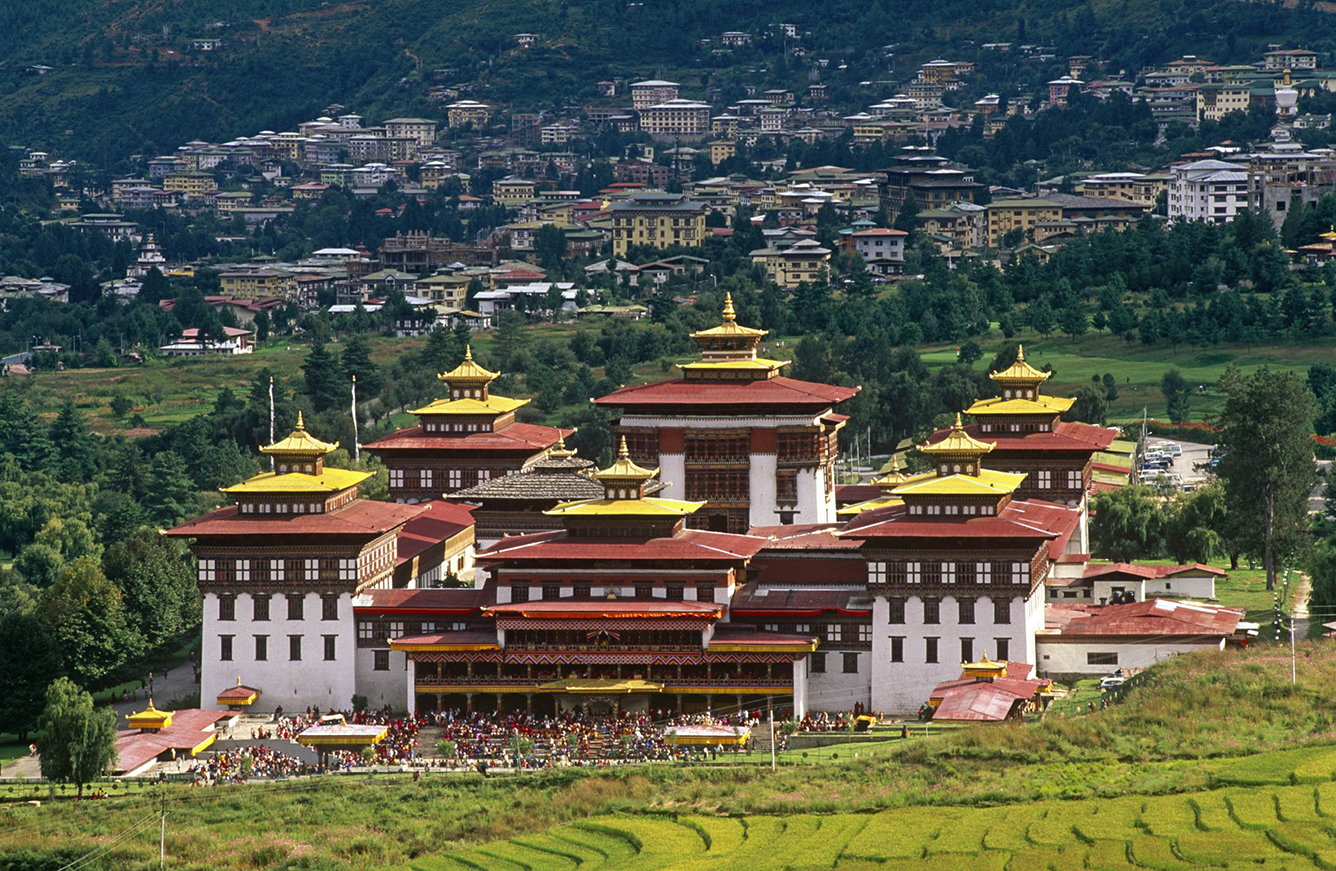
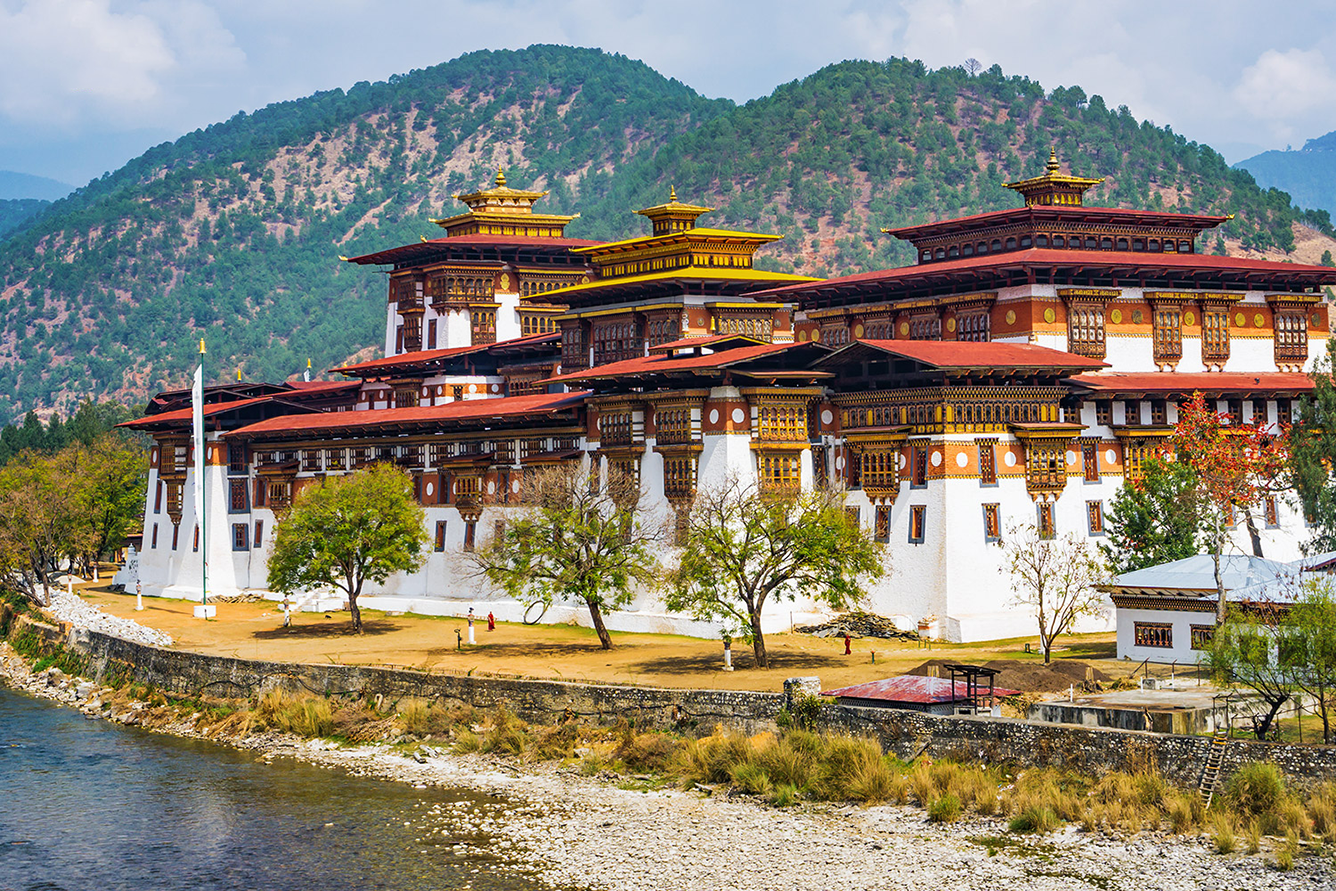
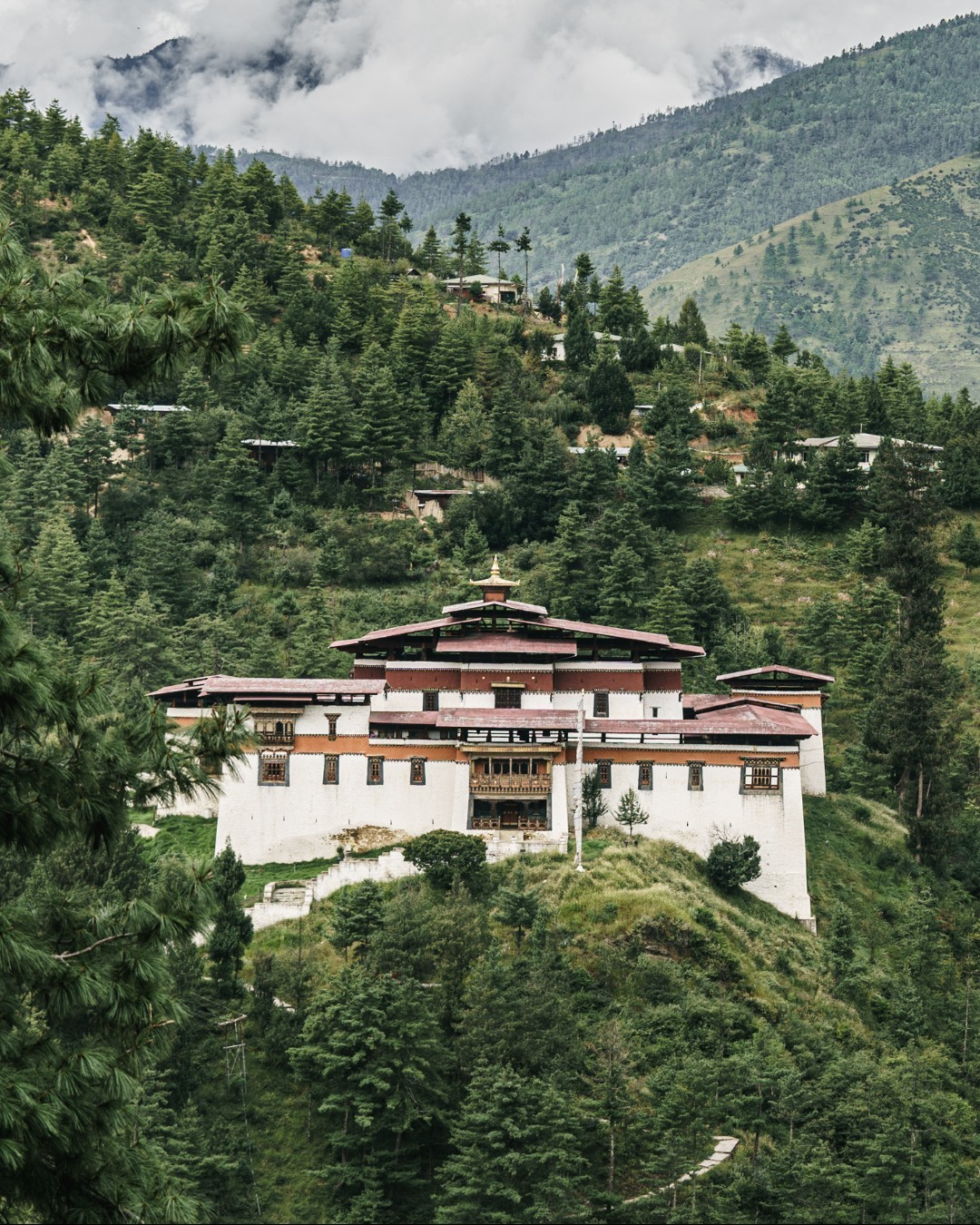
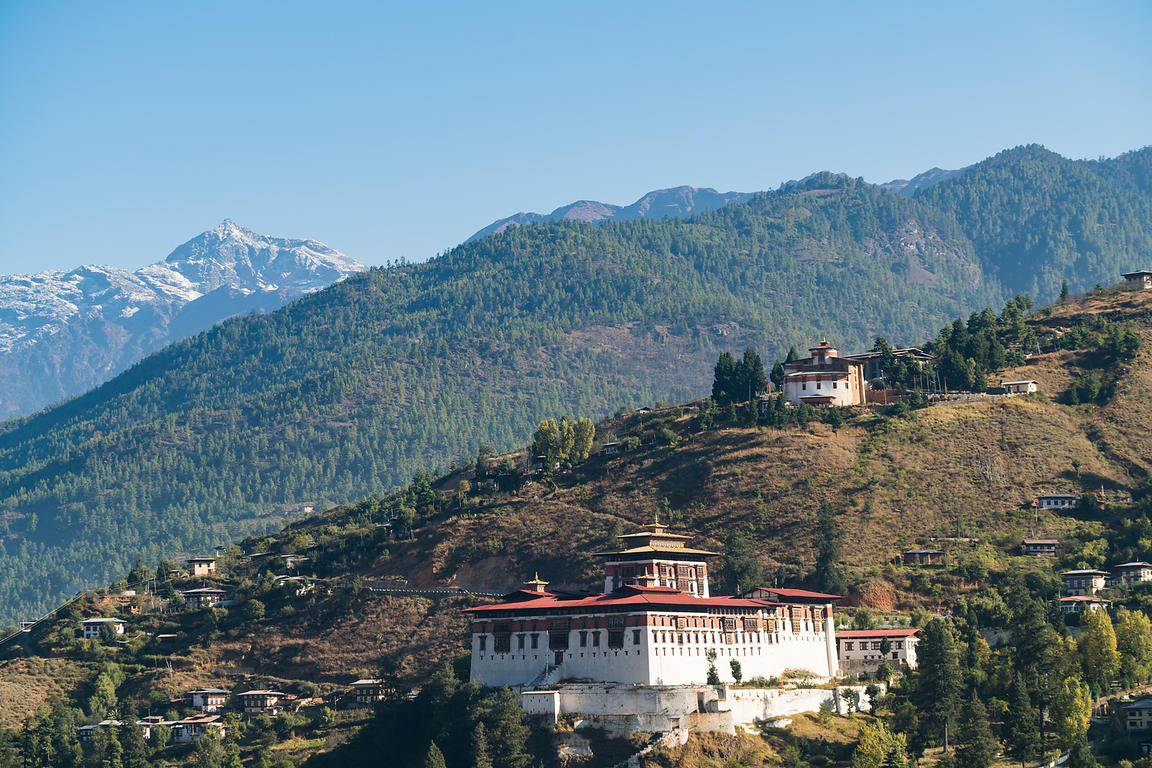

![[Photo] General Secretary To Lam receives the Director of the Academy of Public Administration and National Economy under the President of the Russian Federation](/_next/image?url=https%3A%2F%2Fvphoto.vietnam.vn%2Fthumb%2F1200x675%2Fvietnam%2Fresource%2FIMAGE%2F2025%2F12%2F08%2F1765200203892_a1-bnd-0933-4198-jpg.webp&w=3840&q=75)




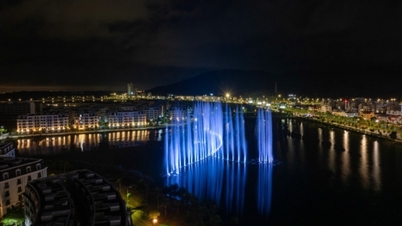

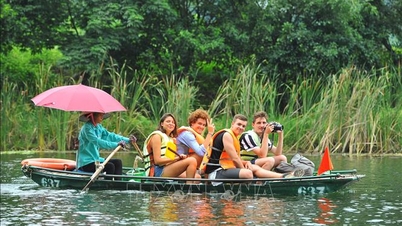





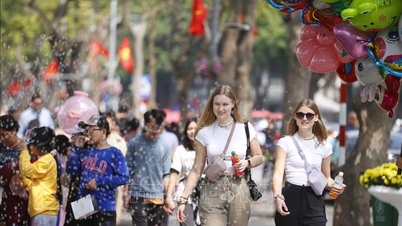
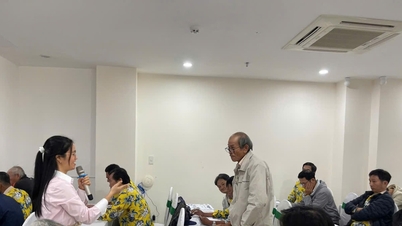






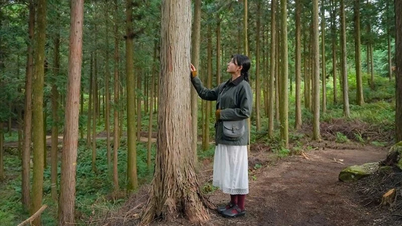

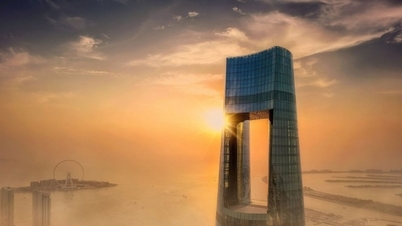





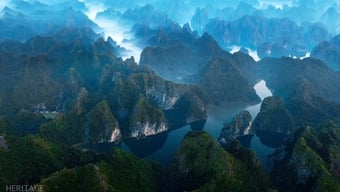
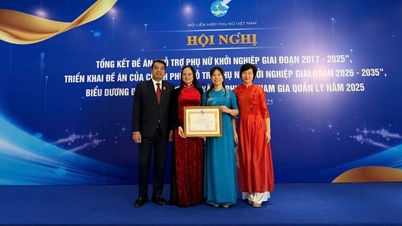
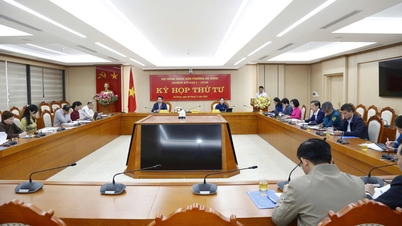
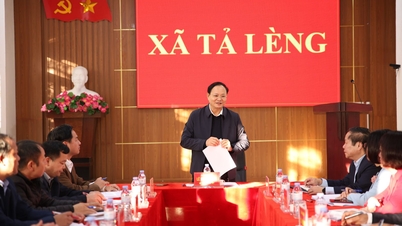
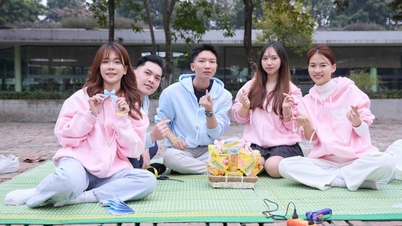
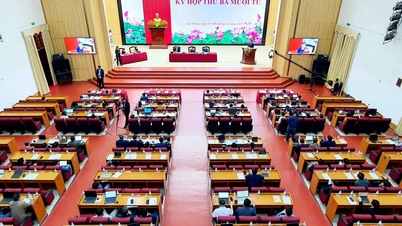
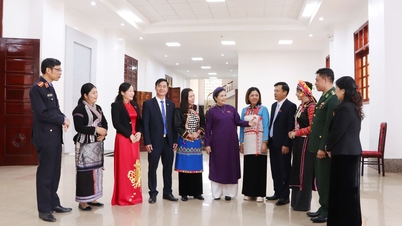

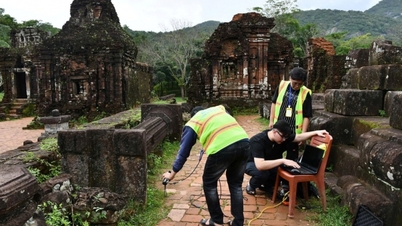

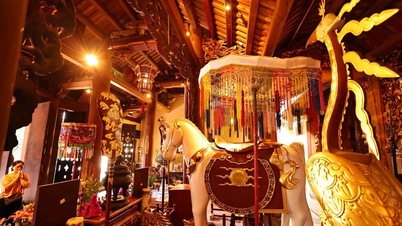


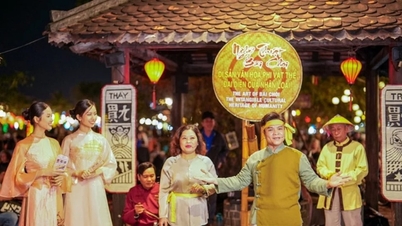

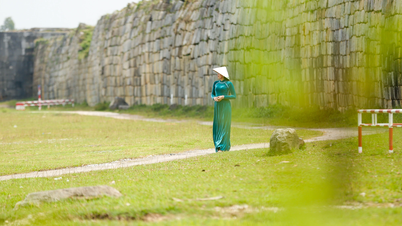



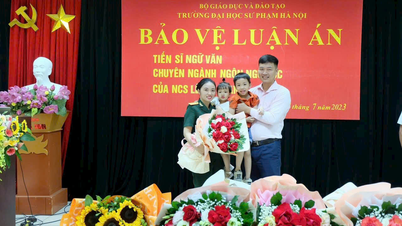

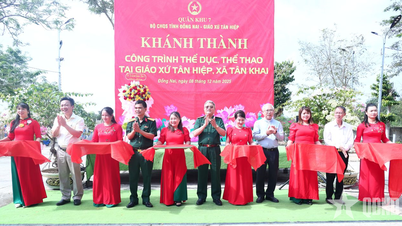
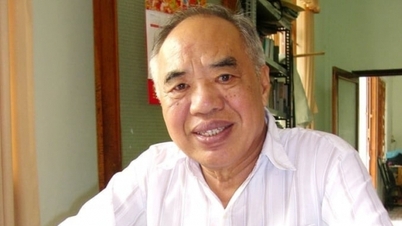

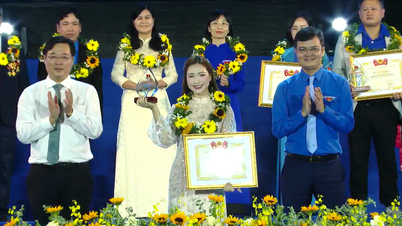

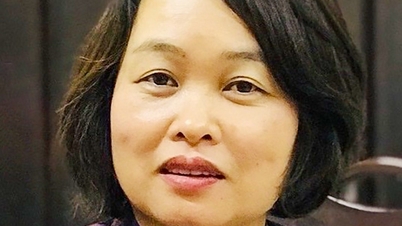





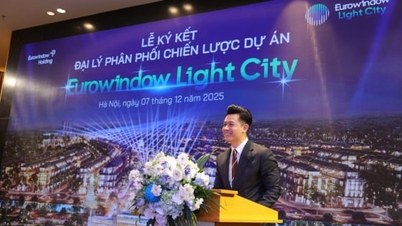



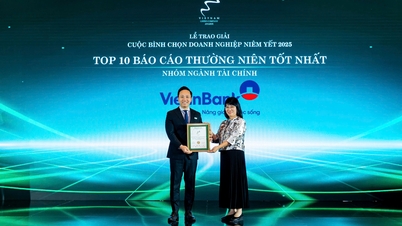







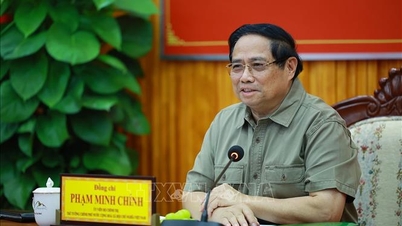
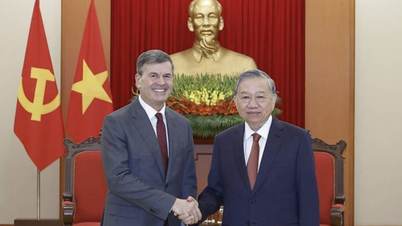



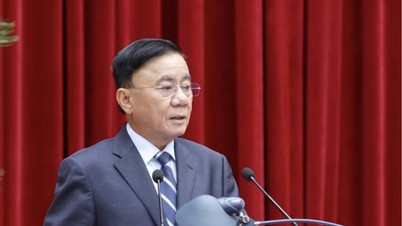
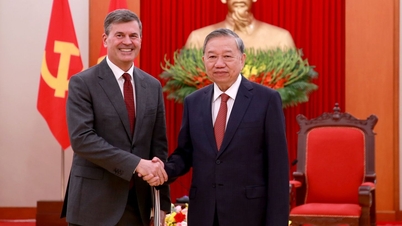

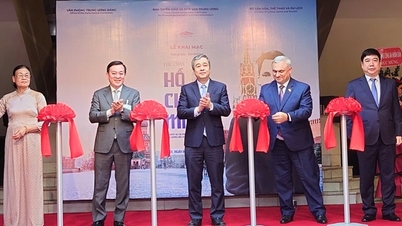

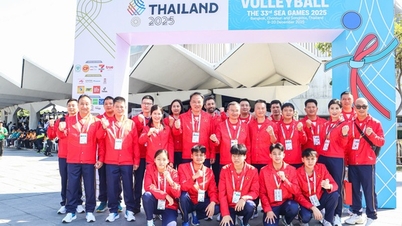
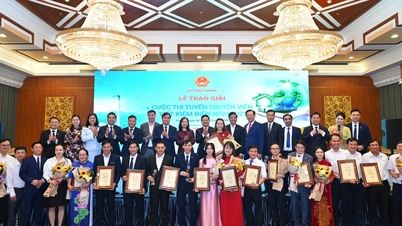



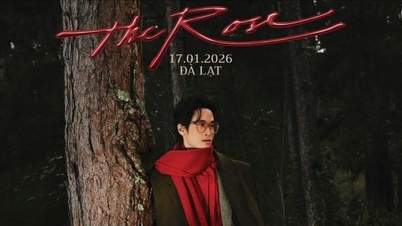
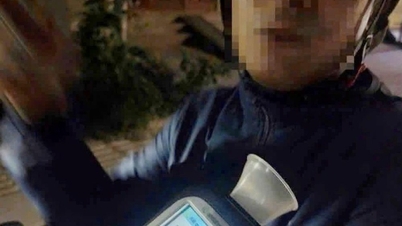

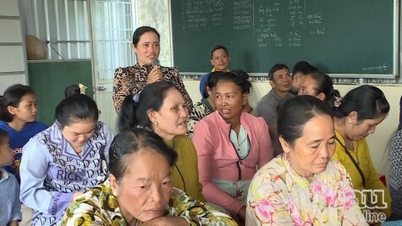














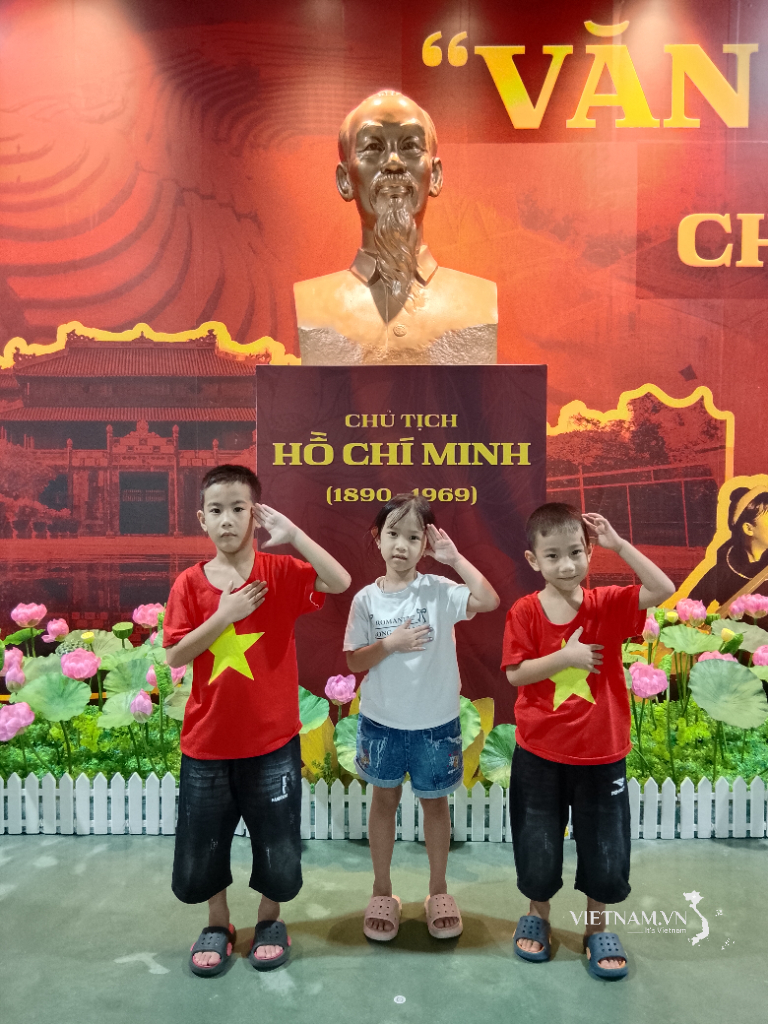

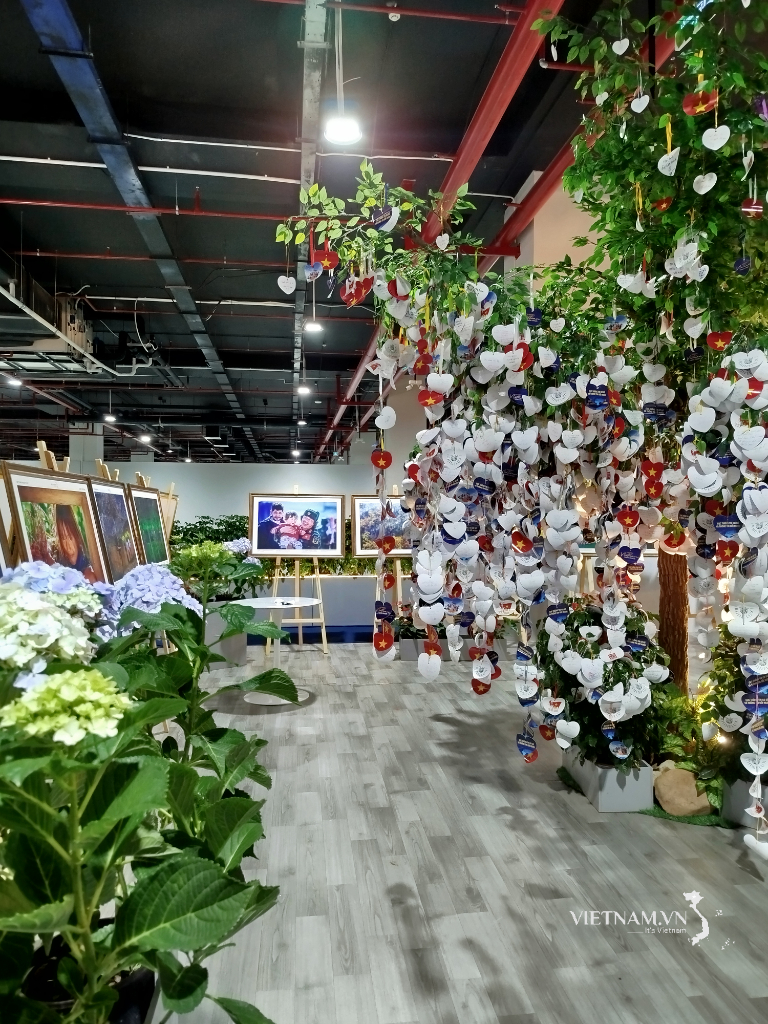
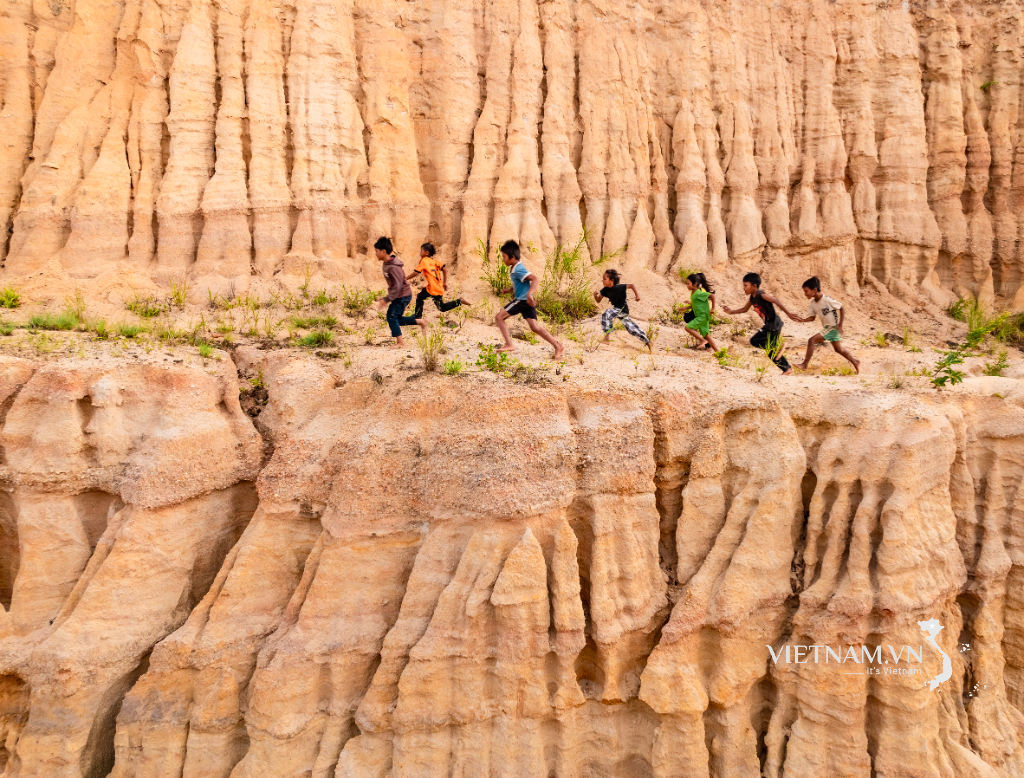




Comment (0)